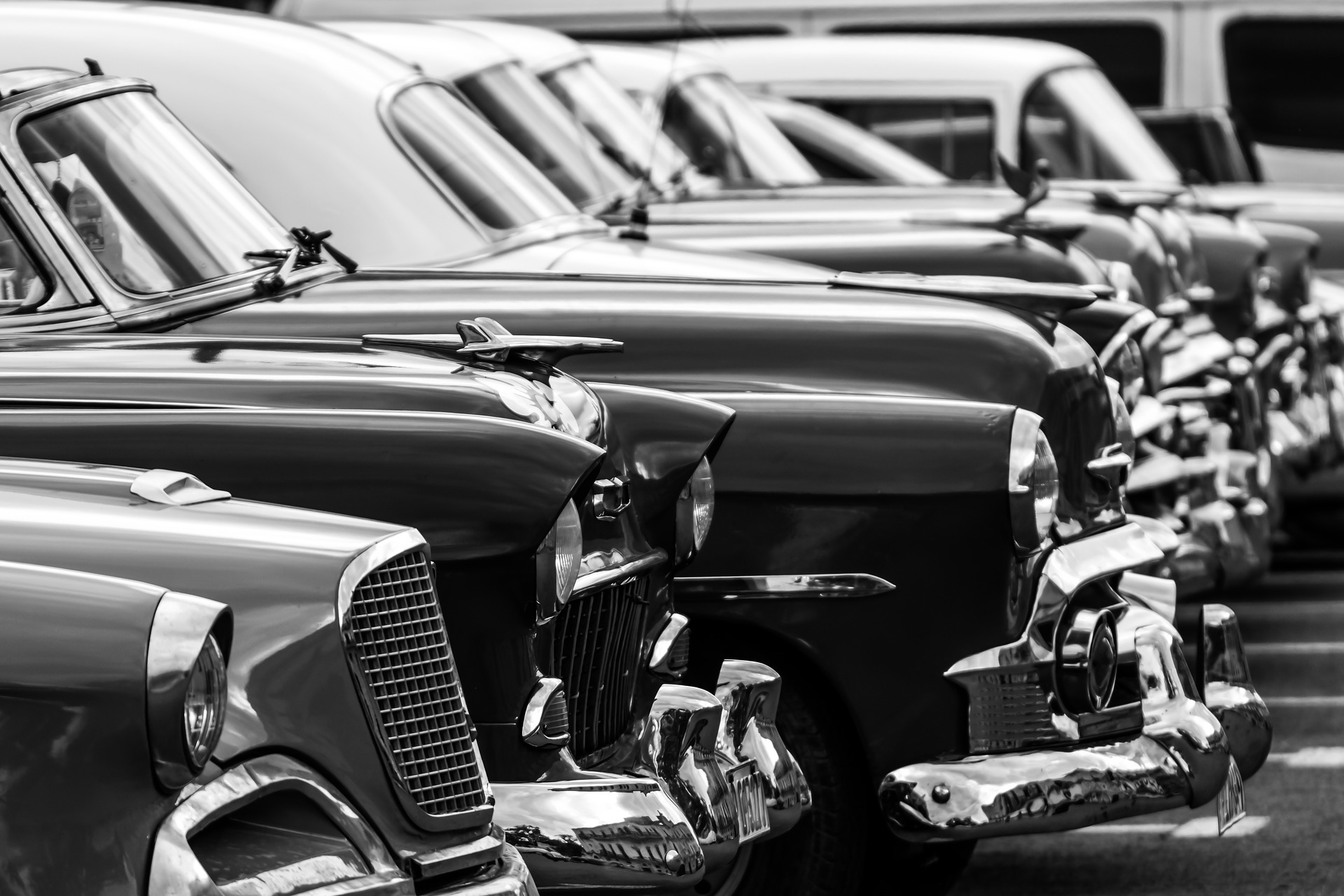
If you have some time on your hands and an interest in vehicles, becoming a car restorer or collector can offer a welcome new hobby. But what type of car restorer or car collector insurance do you need and how much will it cost?
Amid the general talk of doom and gloom in the motor industry, one particular area of the motor trade is bucking the trend – the demand for classic car collecting. The latest news showed RM Sotheby’s 2020 Driving into Summer auction which saw the most expensive car ever bought in an exclusively online sale, with a 2003 Ferrari going under the hammer for a record-setting £2,640,000. And later this year, the £8 million 96 vehicle Petitjean Collection will go up for auction including two Porsche tractors and nine Lamborghinis.
For those with an eye on classic car marques, it’s a great time to be in the market with prices buoyant and demand high. But whether you’re a buyer or a seller, you need to be aware of the regulations affecting classic cars and particularly the motor trade insurance liabilities to ensure you’re bang up to date rather than saddled with an old banger.
Classic Car Collecting: The Basics
Just what is a classic car? Well, most insurers define a classic car as to how it’s kept or stored, and it’s use. A true classic is defined as being older than 15 years and driven less than 5,000 miles every year, kept in pristine condition and used as a second car. Other categories include veteran cars built before WW1, vintage cars built before 1930, and post vintage – constructed between 1930 and the end of WW2. And it doesn’t have to be a top of the range performance vehicle either – a 1970s Audi Quattro can have just as much cachet to a collector than a limited edition German super car.
Ideally your classic car should be stored in a garage, on your drive or in a specialist lock-up and kept in a safe location to shield its value – which means its cost to insure is usually much lower than that for regular insurance. You must usually be 25 or older. But the good news is that collectible car owners tend to take much greater care of their cars and how they’re driven, so a lot of insurance companies reward this lower risk with cheaper premiums.
For a hobbyist, the classic car should have the basic on road insurances the levels of cover available include:
- Third party only – This is the minimum cover required by law and will protect third party liabilities in the event of an accident.
- Third party fire and theft – Includes the same cover as third party only with the addition of protection for fire or the theft of your vehicle.
- Comprehensive – Provides the same cover as third party fire and theft but also protects you and your vehicle for any damage sustained as a result of an accident. For high value cars, this is worth the extra investment.
A Word About SORN
SORN is an abbreviation of the phrase Statutory Off-Road Notification. In laymen’s terms, it means not having to pay car insurance or tax for a vehicle that you own but you’re not using. According to the Driver and Vehicle Licensing Agency’s Continuous Insurance Enforcement legislation, you must, by law, have your car insured at all times. If you don’t do you could be landed with an £80 on-the-spot fine and even a prosecution. The exception to this is when a car is legally declared to be ‘off the road’. That’s when you need a SORN.
If you are a collector or restorer of classic, vintage, unique or collectible cars then this is the category that you will fall into. There is no reason to have your vehicle sitting idly while you are paying tax and insurance, the SORN is there for you to take advantage of, so use it.
Getting the Right Insurance Cover
As with any car insurance, you should let your insurance company know about any modifications undertaken on the vehicle, whether for performance, safety or cosmetic reasons, such as installing a new engine, introducing power steering, electronic ignition or computerised controls and even respraying from an original colour. All could have an impact upon your insurance liabilities. Which is also why a lot of collectors join a classic car club which can bring the benefits of lower premiums, as well as access to cheaper spare parts and annual services.
Cover can also include premises, storage and refurbishment as well as liability cover for both public and employers’ liability (if you have employees), as well as equipment cover for fixed plant and machinery and tools and vehicles away at sub-contractors’ premises.